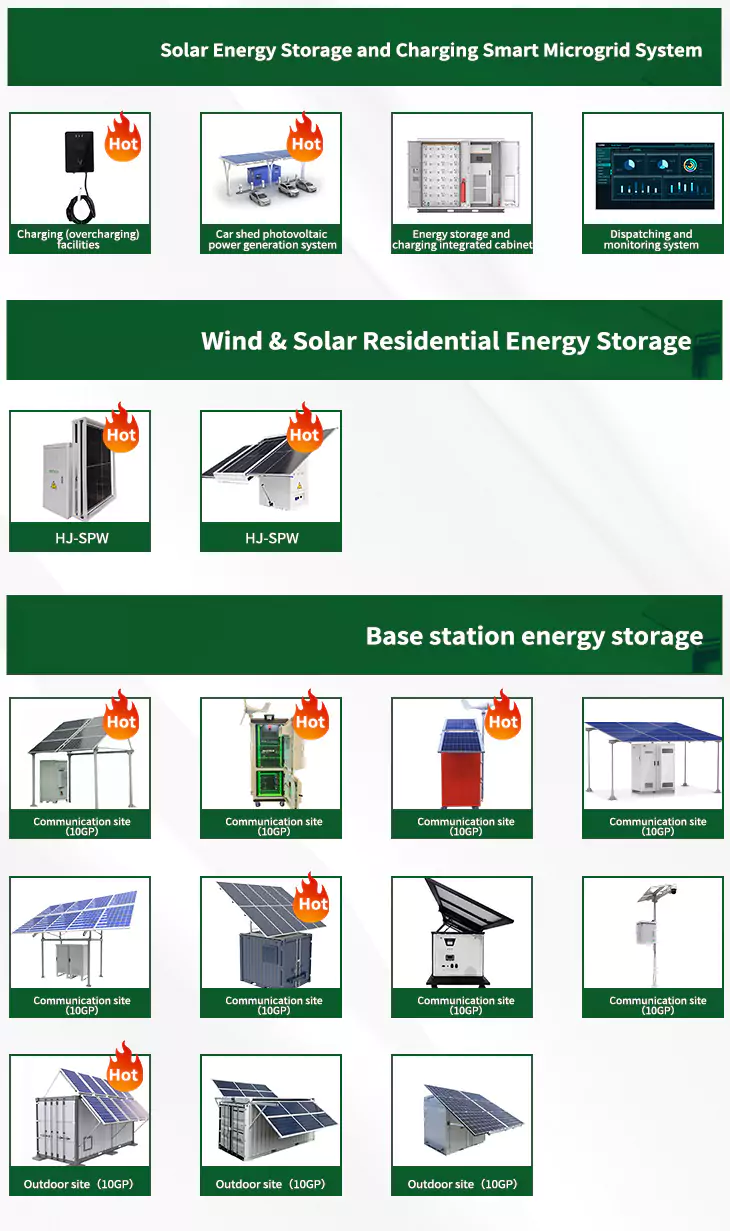About Photovoltaic power inverter drive
The ABB solar inverters have been developed on the basis of decades of experience in the industry and proven technology platform. Unrivalled expertise from the world’s market and technology leader in variable speed AC and DC drives is the hallmark of the new solar inverter series. convert the direct current generated by.
ABB central inverters are ideal for large photovoltaic power plants and medium sized power plants installed in commercial or industrial buildings. High efficiency, proven components.
The inverters are designed for fast and easy installation. The industrial design and modular platform provides a wide range of options like remote.
ABB central inverters have a high efficiency level. Optimized and accurate system control and a maximum PowerPoint tracking (MPPT) algorithm ensure that maximum energy is delivered to the power network from.
fi eldbus connection and integrated DC cabinets. The inverters are customized and confi gured to meet end user needs and are available with.
A solar inverter or photovoltaic (PV) inverter is a type ofwhich converts the variable(DC) output of a into a (AC) that can be fed into a commercial electricalor used by a local,electrical network. It is a critical(BOS)–component in a , allowing the use of ordinar.
As the photovoltaic (PV) industry continues to evolve, advancements in Photovoltaic power inverter drive have become critical to optimizing the utilization of renewable energy sources. From innovative battery technologies to intelligent energy management systems, these solutions are transforming the way we store and distribute solar-generated electricity.
When you're looking for the latest and most efficient Photovoltaic power inverter drive for your PV project, our website offers a comprehensive selection of cutting-edge products designed to meet your specific requirements. Whether you're a renewable energy developer, utility company, or commercial enterprise looking to reduce your carbon footprint, we have the solutions to help you harness the full potential of solar energy.
By interacting with our online customer service, you'll gain a deep understanding of the various Photovoltaic power inverter drive featured in our extensive catalog, such as high-efficiency storage batteries and intelligent energy management systems, and how they work together to provide a stable and reliable power supply for your PV projects.
6 FAQs about [Photovoltaic power inverter drive]
What is a solar inverter?
A solar inverter or photovoltaic (PV) inverter is a type of power inverter which converts the variable direct current (DC) output of a photovoltaic solar panel into a utility frequency alternating current (AC) that can be fed into a commercial electrical grid or used by a local, off-grid electrical network.
What is a photovoltaic inverter?
The photovoltaic (PV) inverters are the key interfaces between PV modules and the grid, which are usually classified as with transformer and transformerless. Transformer can be high frequency (HF) on the DC side or line frequency on the AC side besides voltage amplification; it also provides galvanic isolation between PV modules and the grid.
What does a PV inverter do?
A PV inverter performs several essential functions within a solar energy system. The primary function is converting the DC power generated by the solar panels into AC power, which is achieved through a process called inversion.
What types of inverters are used for solar photovoltaic systems?
This chapter focuses on single--stage inverter, line-commutated inverter, self-commutated, and grid tie inverters exclusively used for the solar photovoltaic systems. Inverters are electrical devices that are used to supply AC power to electrical and electronic devices.
What are the different types of PV inverters?
The main types of PV inverters include: Central inverters: Also known as string inverters, these are the most common type of inverters used in residential and small-scale commercial solar installations. They convert the aggregated DC output from multiple solar panels connected in series (strings) into AC power.
How does a solar power inverter work?
As you likely know, solar cells produce direct current (DC) electricity, which is then converted to alternating current (AC) electricity by a solar power inverter. Converting energy from DC to AC allows you to deliver it to the grid or use it to power buildings, both of which operate with AC electricity.
Related Contents
- Photovoltaic power grid-connected inverter wiring
- What is the best power for photovoltaic inverter
- How to change the card of photovoltaic power inverter
- Photovoltaic inverter power supply voltage
- What size inverter is suitable for a 27kw photovoltaic power station
- Photovoltaic power generation connected to inverter series
- Photovoltaic power generation energy storage inverter
- Inverter is a photovoltaic power station
- Principle of Photovoltaic Power Generation DC Inverter
- Photovoltaic micro inverter power generation method
- How to install photovoltaic inverter power supply
- Inverter self-made photovoltaic power grid


